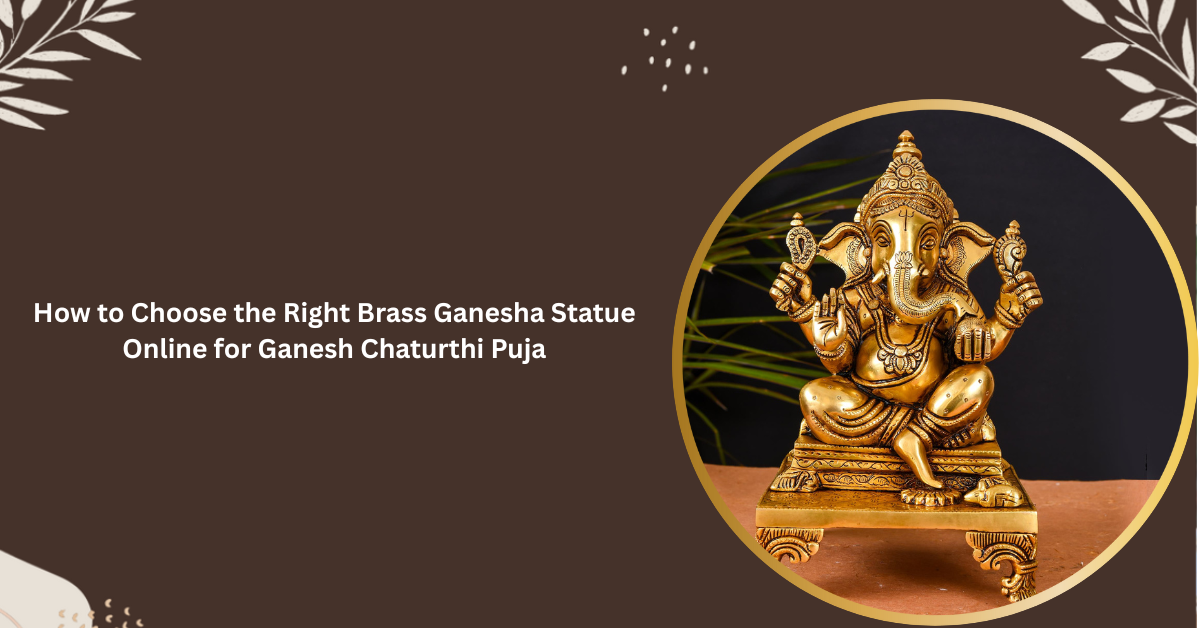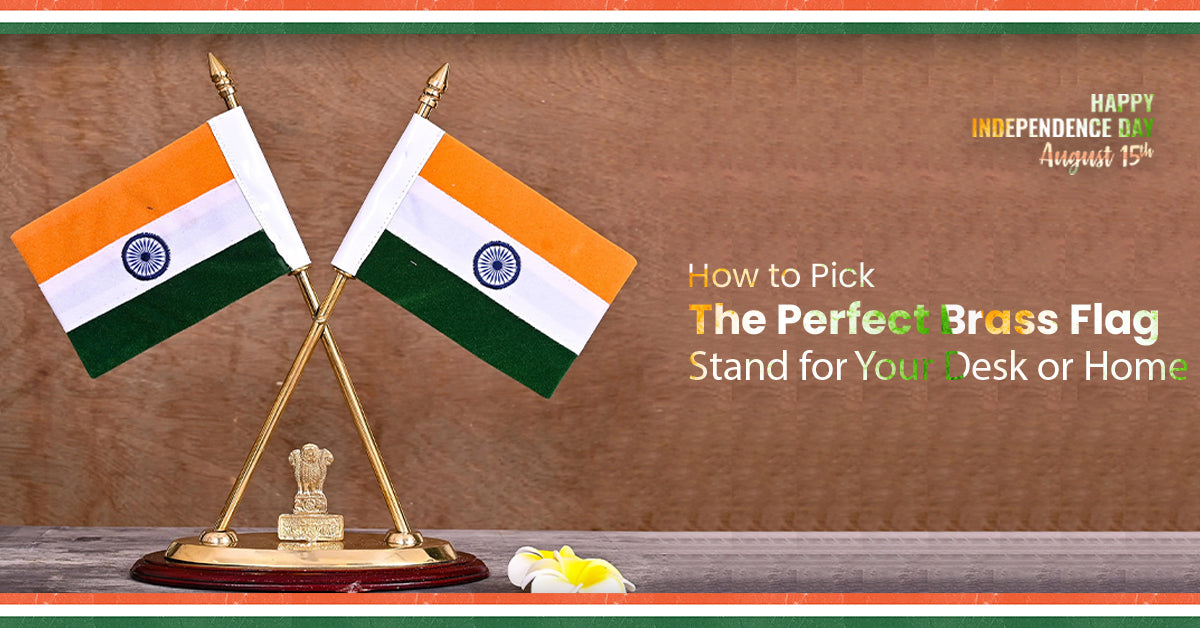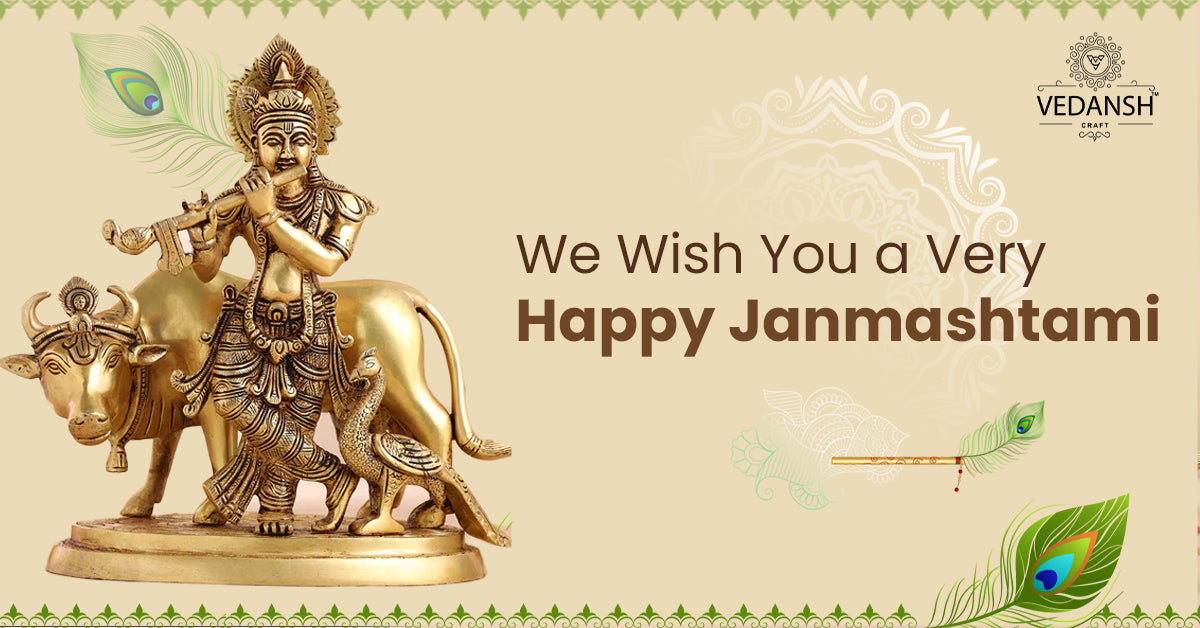

Treta Yuga - The Age of Triads
, by javed techqart, 6 min reading time
In Hindu cosmology, time is cyclical, divided into four distinct epochs known as Yugas. Treta Yuga is the second in this sequence, following Satya Yuga. It is characterized by a specific set of cosmic attributes and events that shape the course of existence.
Treta Yuga holds a significant place in the Hindu understanding of the universe. It is a part of a larger cycle known as the Yuga Cycle. It encompasses the four Yugas - Satya, Treta, Dwapara, and Kali. Each Yuga is believed to bring about distinct changes in the moral, spiritual, and physical aspects of the world.
Treta Yuga is considered a crucial phase in the cosmic order. It symbolizes a decline in righteousness (Dharma) and a rise in adharma, reflecting the cyclic nature of virtue and vice in the universe. The events and stories associated with Treta Yuga, particularly the narrative of Lord Rama, play a pivotal role in shaping Hindu philosophy and providing moral guidance.
Characteristics of Treta Yuga
Treta Yuga is believed to last for 1.2 million human years. The distinct qualities set it apart from other Yugas. It is characterized by a decrease in the purity of virtue (Sattva) and the introduction of a more complex mix of virtues and vices.
During Treta Yuga, there is a noticeable decline in adherence to righteousness (Dharma). As the Yuga progresses, adharma, which represents actions contrary to Dharma, gains prominence. This shift in moral conduct is seen as a natural and cyclical aspect of the cosmic order.
One of the central figures in Treta Yuga is Lord Rama, the seventh incarnation of Lord Vishnu. The epic tale of Ramayana unfolds during this period, narrating the life and adventures of Lord Rama. His unwavering commitment to Dharma, his role as a just ruler, and his dedication to truth serve as timeless moral lessons for humanity.
The events in Treta Yuga, particularly the life of Lord Rama, highlight the cosmic drama of good versus evil and emphasize the importance of righteousness in the face of adversity.
Triads in Treta Yuga
In Hindu cosmology, the Trimurti consists of three primary deities - Brahma, the creator; Vishnu, the preserver; and Shiva, the destroyer. Treta Yuga witnesses the collaborative efforts of these deities in maintaining cosmic balance and guiding the destiny of the universe.
The Three Gunas - Sattva, Rajas, Tamas
The three Gunas - Sattva (goodness), Rajas (passion), and Tamas (ignorance) - are fundamental qualities that influence human behavior. Treta Yuga sees a dynamic interplay of these Gunas, affecting the actions and choices of individuals during this epoch.
Three Major Events in Treta Yuga
- Ramayana - The Story of Lord Rama
The Ramayana, an epic narrative, unfolds during Treta Yuga, chronicling the life of Lord Rama, his exile, and the eventual rescue of his wife Sita from the demon king Ravana.
- Swayamvara of Sita and the Breaking of Shiva's Bow
An essential event in Treta Yuga is the Swayamvara, where Sita, the consort of Lord Rama, chooses her husband by garlanding him. The breaking of Lord Shiva's bow by Lord Rama signifies his divine strength and prowess.
- Construction of the Rama Setu
The construction of the Rama Setu, a bridge connecting India and Sri Lanka, is a legendary feat attributed to Lord Rama. This event symbolizes the unwavering determination to fulfill one's duties and uphold righteousness.
Human Society in Treta Yuga
Treta Yuga depicts a well-organized and principled social structure. The governance system is based on Dharma, with rulers adhering to righteous conduct and ensuring the welfare of their subjects. The people in Treta Yuga are expected to uphold Dharma in their actions and relationships. The concept of righteous living is paramount, and individuals are encouraged to follow their duties and responsibilities diligently.
Yuga Dharma, or the righteous path specific to each Yuga, guides individuals on how to navigate the challenges and opportunities presented by the cosmic cycles. In Treta Yuga, adhering to the principles of Dharma is crucial for maintaining balance in the world.
Lessons from Treta Yuga
Though rooted in ancient mythology, the lessons from Treta Yuga remain relevant in contemporary times. The moral dilemmas faced by characters like Lord Rama in the Ramayana provide valuable insights into ethical decision-making. The stories and events in Treta Yuga offer moral and spiritual teachings that transcend time and cultural boundaries. Themes such as duty, devotion, and the triumph of good over evil continue to inspire individuals on their spiritual journeys.
Treta Yuga exemplifies the cyclical nature of time in Hindu cosmology, emphasizing the inevitability of change and the importance of adapting to different phases of existence. This understanding encourages a holistic perspective on life's challenges and transformations.
Treta Yuga as a Source of Inspiration and Guidance
Treta Yuga, the Age of Triads, is a pivotal epoch in Hindu cosmology marked by the decline in virtue and the rise of Lord Rama as a beacon of righteousness. The Trimurti and the Three Gunas influence the cosmic order, and the narrative of Treta Yuga imparts timeless lessons.
The stories of Treta Yuga, particularly those centered around Lord Rama, serve as a source of inspiration and guidance for navigating life's complexities. The emphasis on Dharma, the triads, and cosmic balance resonates with individuals seeking moral and spiritual clarity.
The exploration of Treta Yuga invites individuals to delve into the rich tapestry of Hindu cosmology and mythology. It provides an opportunity to reflect on universal themes and principles that continue to shape human understanding and behavior.
Blog posts




